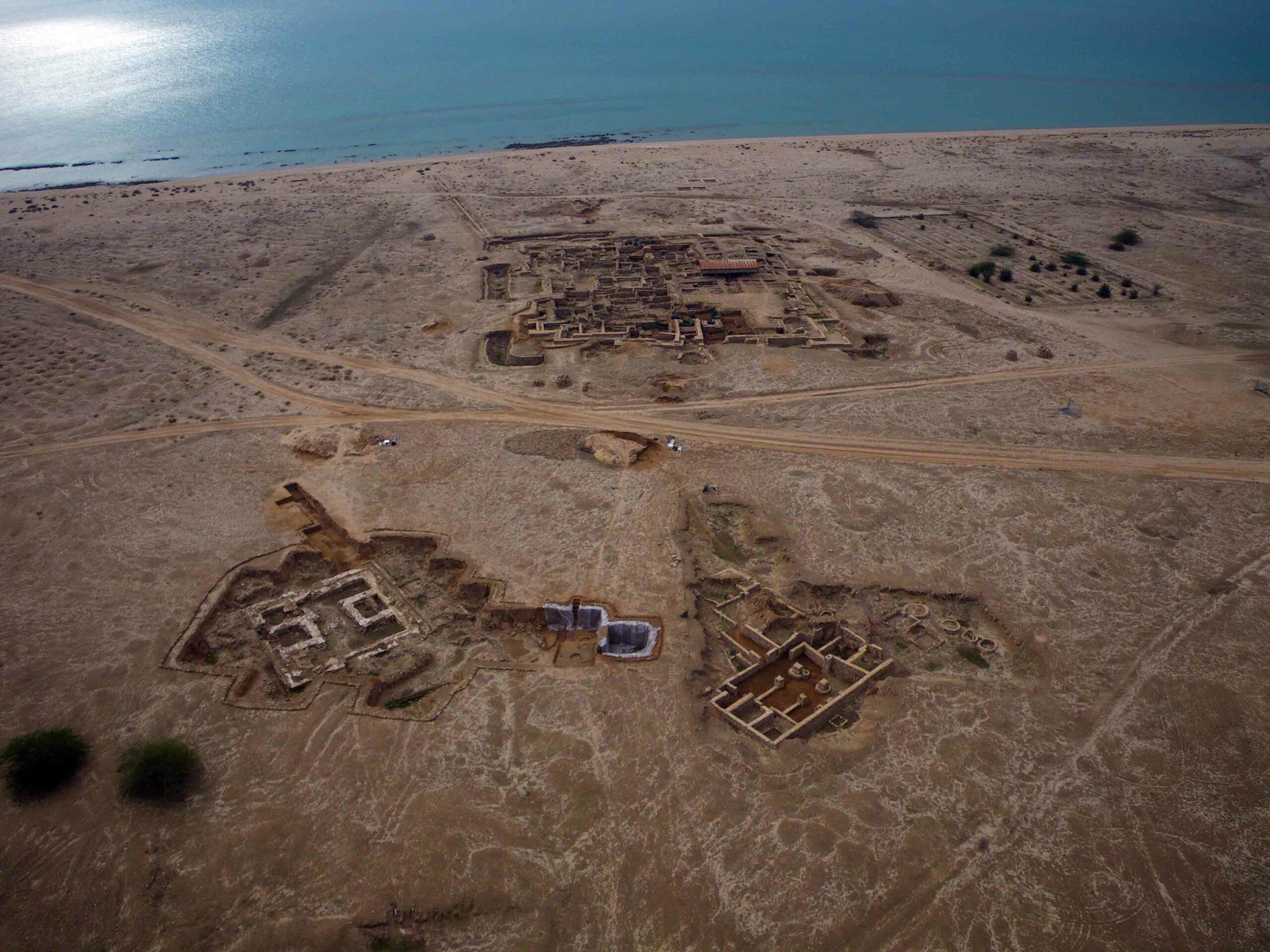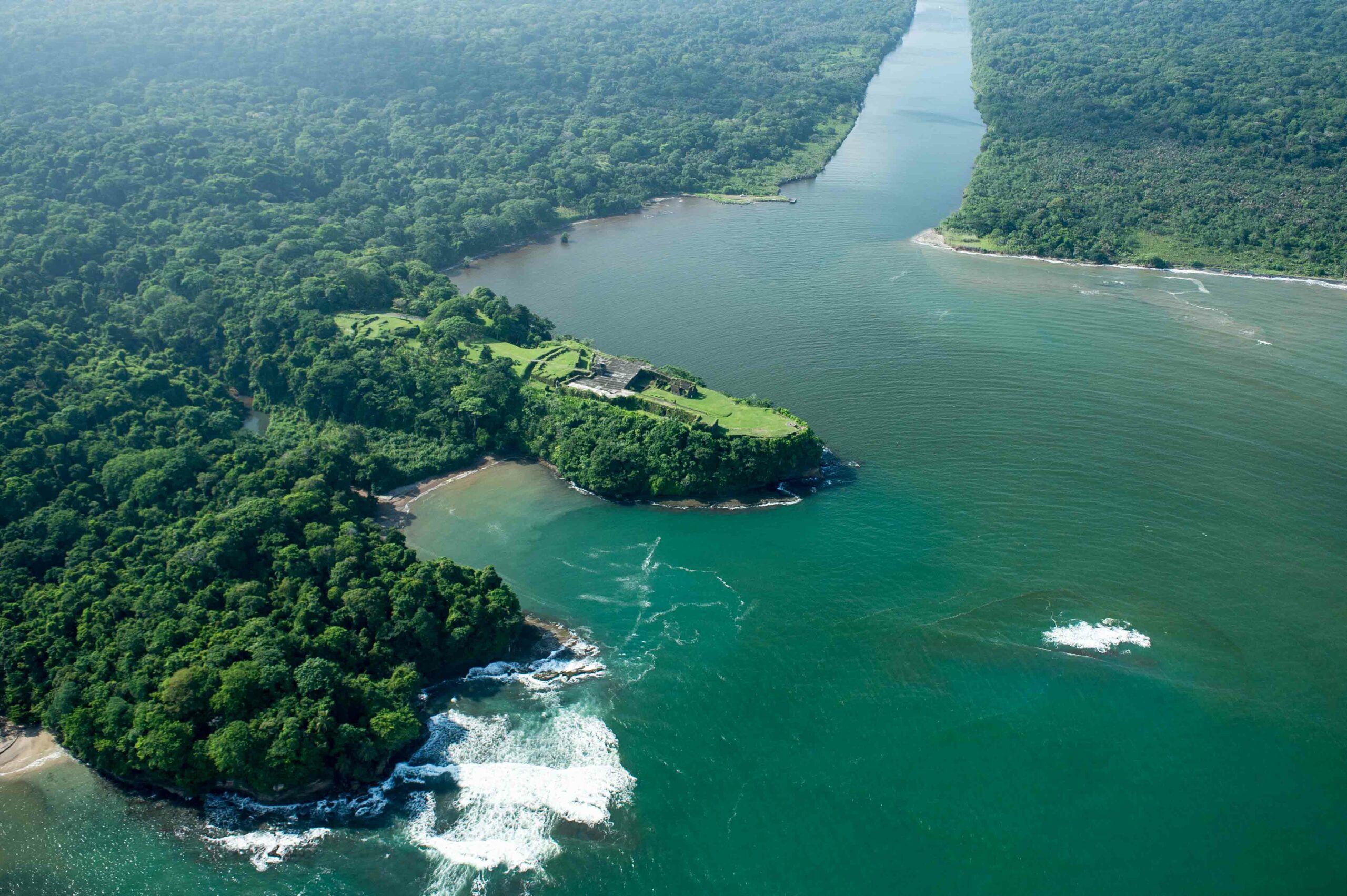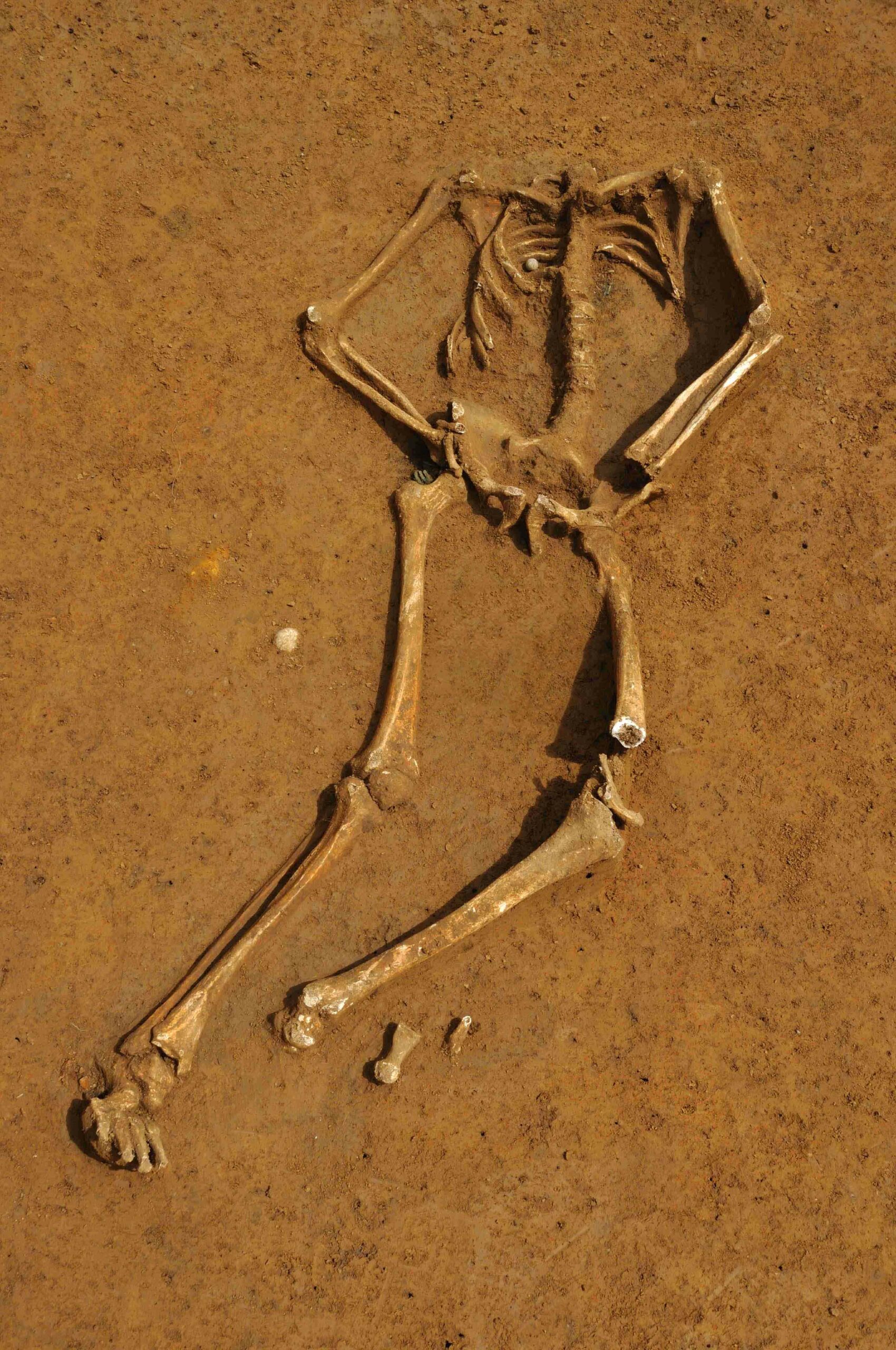
HONOLULU, HAWAII—Space archaeologists met at the annual meeting of the Society for American Archaeology earlier this month to discuss how the UNESCO World Heritage Convention could be applied to cultural heritage sites on planetary bodies beyond the Earth. For example, the Apollo artifacts on the Moon are owned by the U.S. government, but the protection of the Apollo landing sites could be complicated by the Outer Space Treaty of 1967. “What my colleagues and I are trying to accomplish is to legally protect a site of unprecedented human achievement on land that cannot be owned by anyone,” said Joe Reynolds of Clemson University. He thinks that the President could use the 1906 Antiquities Act to create a national monument on the Moon with an executive order, or Congress could pass the Tranquility Base National Historic Landmark Act. Also of concern are interplanetary spacecraft that are no longer functioning. They will “eventually enter interstellar space and become the archaeological representatives of Homo sapiens to the rest of the galaxy,” said Peter Capelotti of Penn State University.










